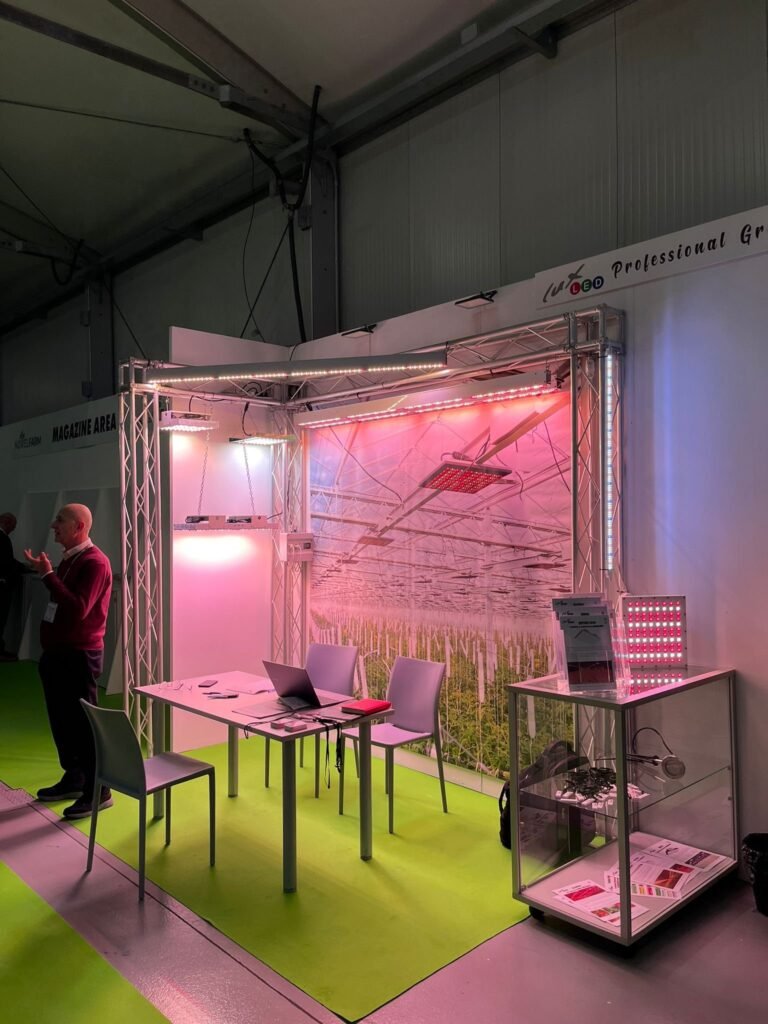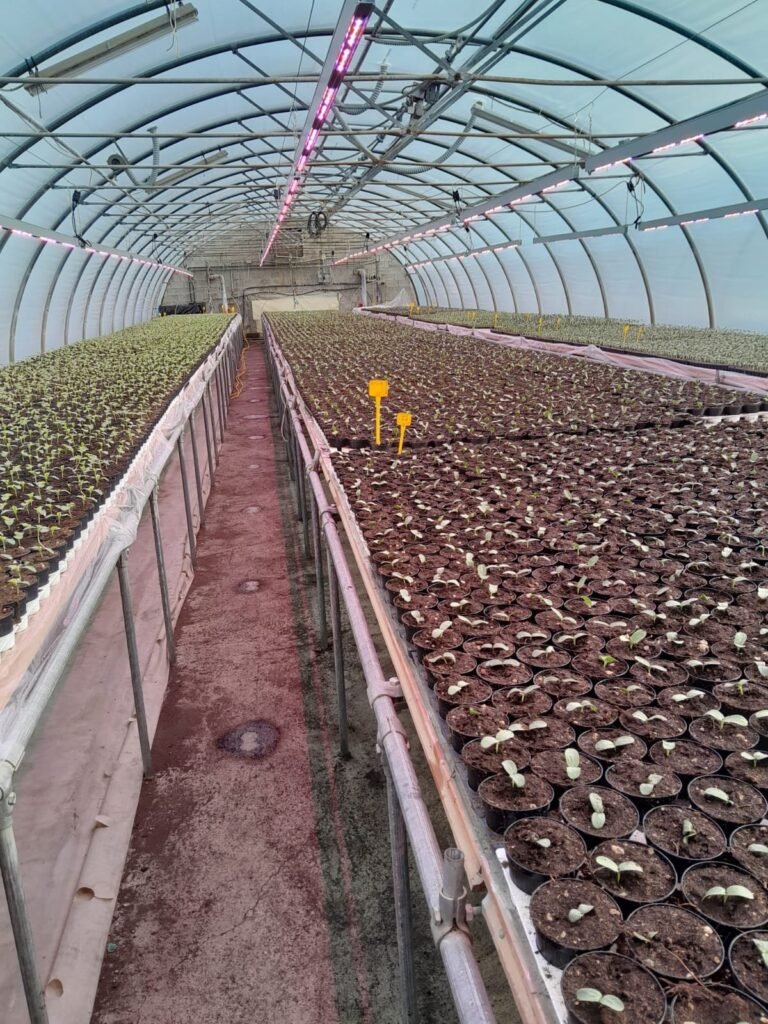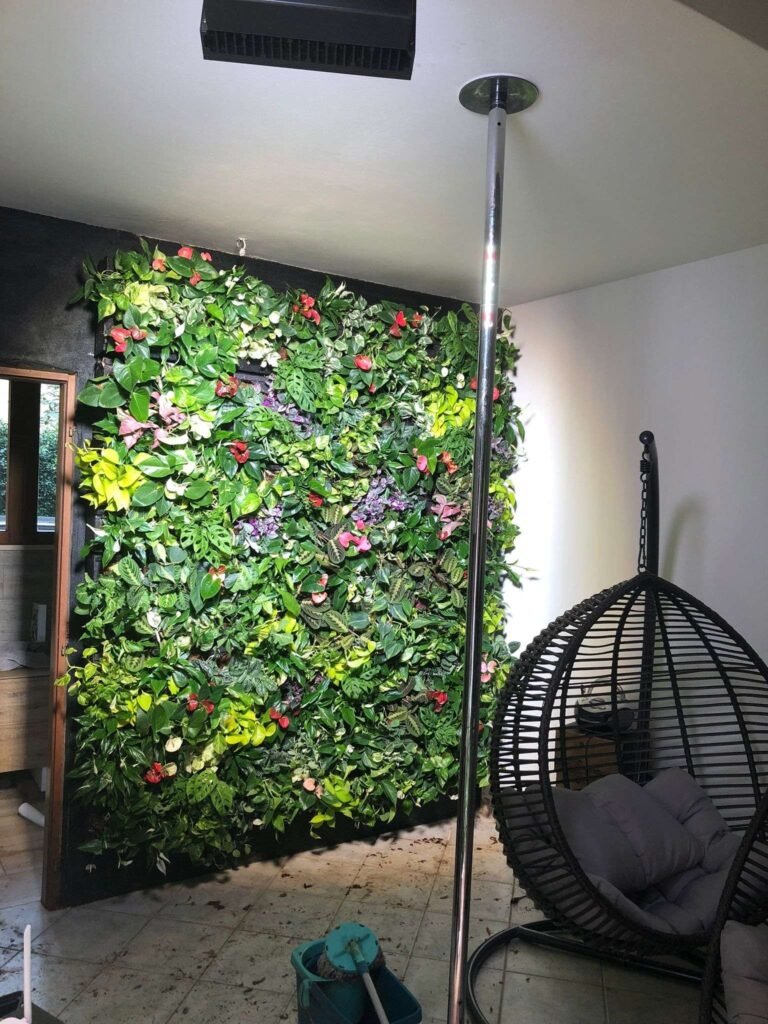Energy saving in LED lighting
Premise
Until a few decades ago, few knew what an LED was and very few envisaged its application in the lighting field. Almost no one believed that the LED would become the main lighting source of the future. Today the acronym LED is known by everyone even if many see the LED only as a small light bulb and are using it as such.
Anyone who invests in an LED lighting fixture, for scenographic applications, does so to save money and, to save money, three things are necessary:
• low consumption
• long duration
• low costs
The savings formula
To evaluate how virtuous a lamp is, the three parameters indicated above must be combined in a simple formula: duration / (cost + consumption). The higher the result, the sooner the investment produces profits.
The LED lamp has many other advantages: high color rendering, zero infrared and ultraviolet emissions, quick start-up, low light pollution, uniformity of light; However, what most interests the customer are two things:
how long does it take for the investment to pay off?
how much is the return on investment
The timing and amount of savings
A single and precise answer to the two questions is impossible because it depends on three important factors: the type of appliance being replaced, the hours of operation, the price of electricity. However, one parameter is quite defined and is the relationship between the life of the lamp and the time needed to amortize its cost. In a good product this ratio must not be less than 4. This means that a lamp with a lifespan of 20 years must pay for itself in 4/5 years, if the lifespan is 10 years it must pay for itself in 2/3 years.
The conditions of savings
The most frequent mistake that those who buy an LED lamp make is to compare prices based on power; nothing is more wrong!!! The main qualities of an LED lamp are in fact its duration and, above all, consumption. Let’s take two LED lamps for example; an economical one with 150W and cost €100 and a more efficient one, capable of giving the same lighting but with only 100W and cost €250. Suppose, it is very rare, that the life of the economical lamp is equal to that of the most efficient lamp and that their use is 4000 hours/year. Considering the economic-energy forecasts we can believe that, for the next 15 years, the average cost of electricity will be approx. €240/Mwh. With these premises the following results are obtained:
| Cheaper LED lamp | High efficiency LED lamp | |
| Initial cost | € 100,00 | € 250,00 |
| Power (KW) | 0,15 | 0,1 |
| Energy cost (0,24€x60000 h x KW) | €2160 | €1440 |
| Total cost over 15 years | €2260 | €1690 |
It is clear that in the end, the cheapest lamp will cost more.



